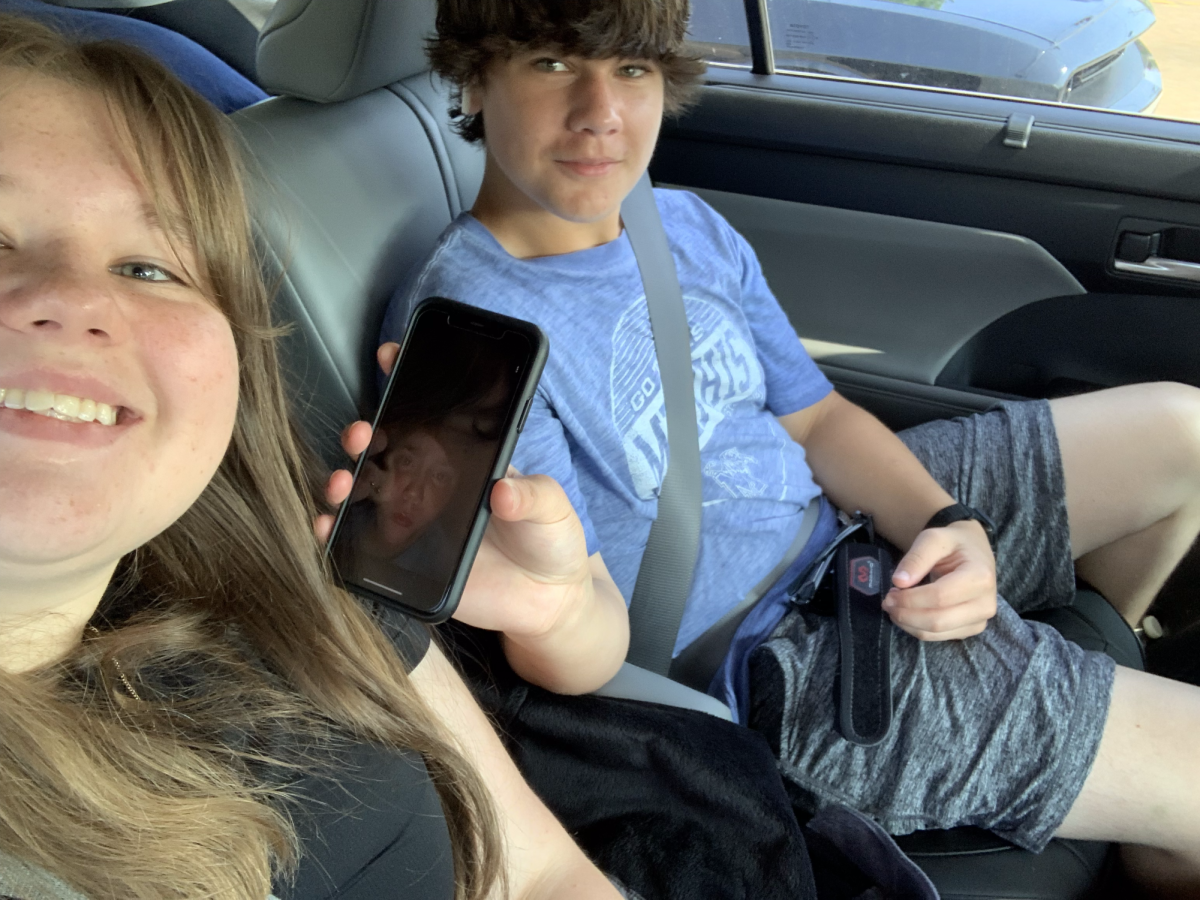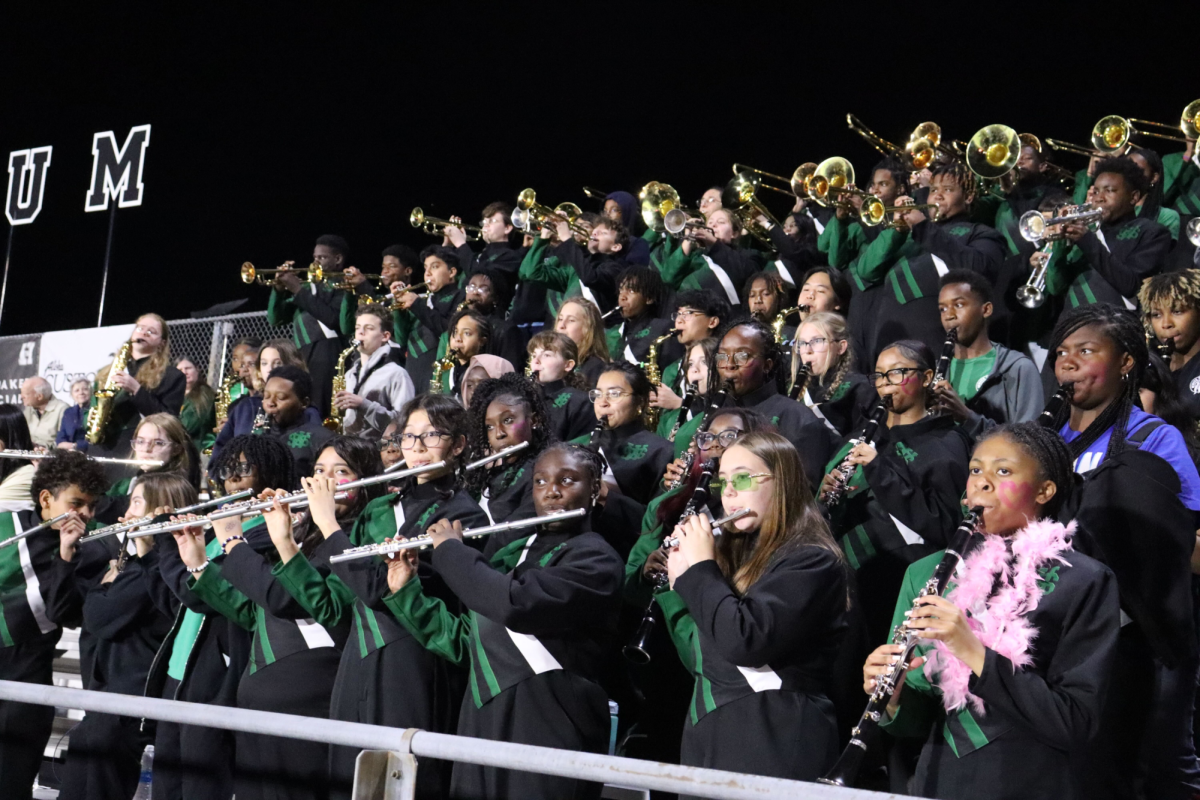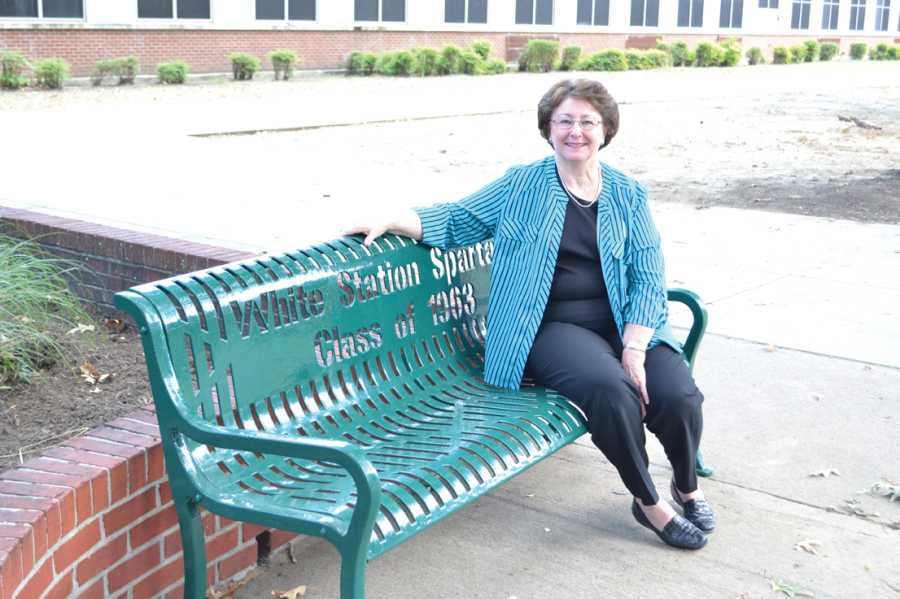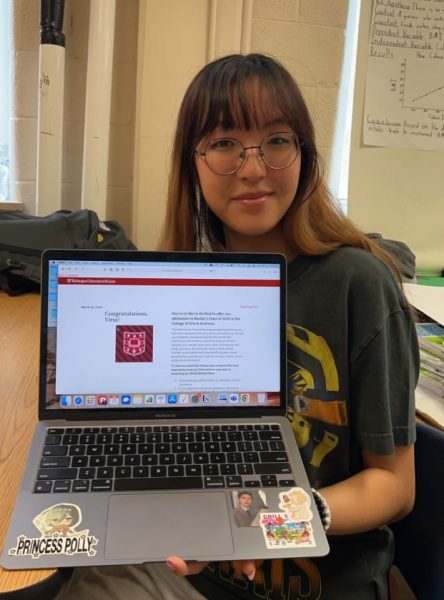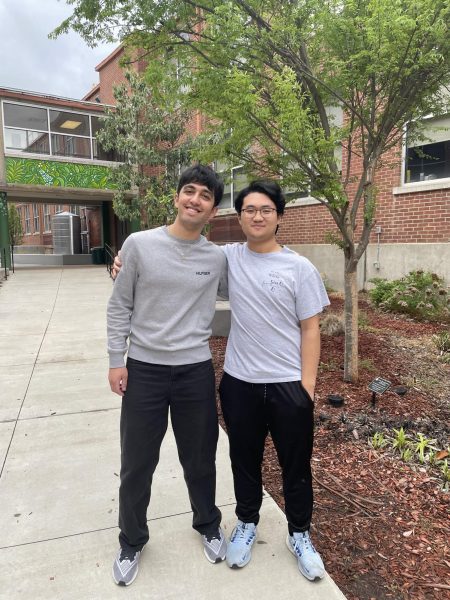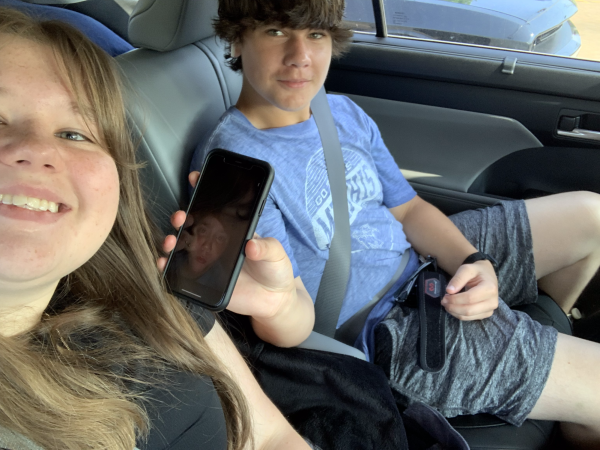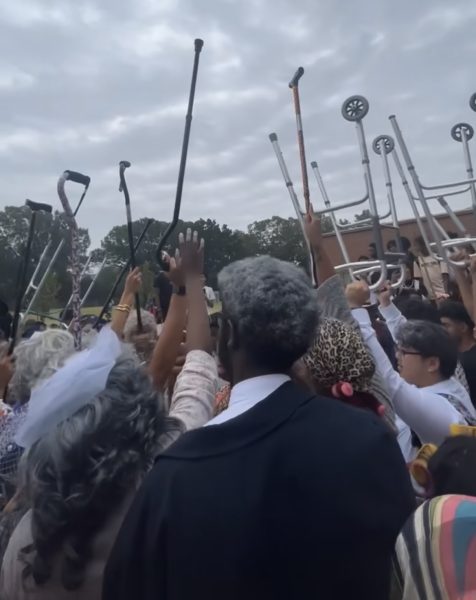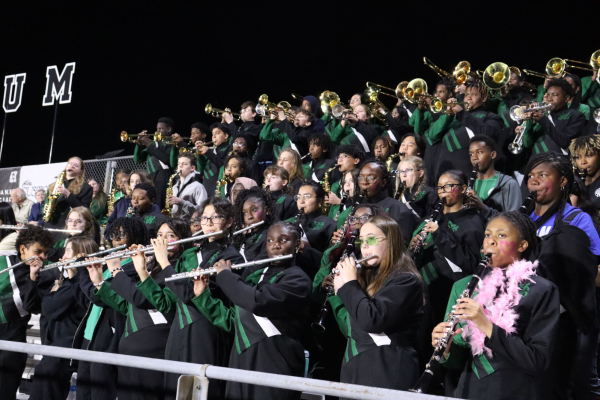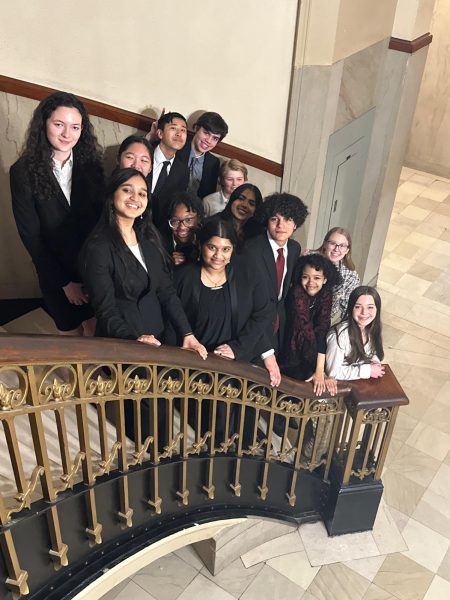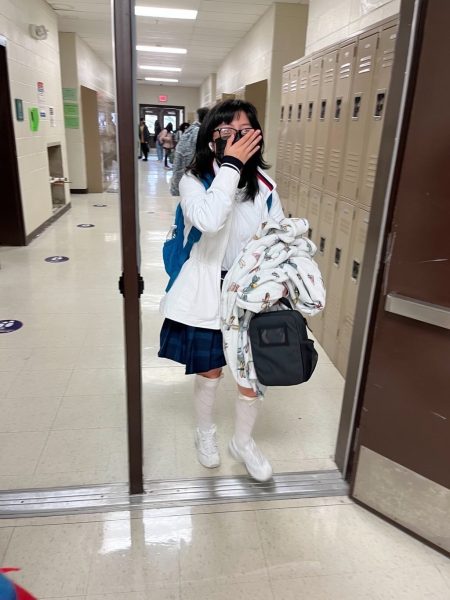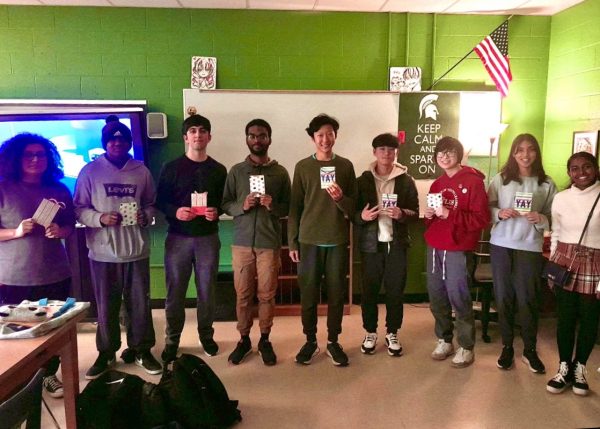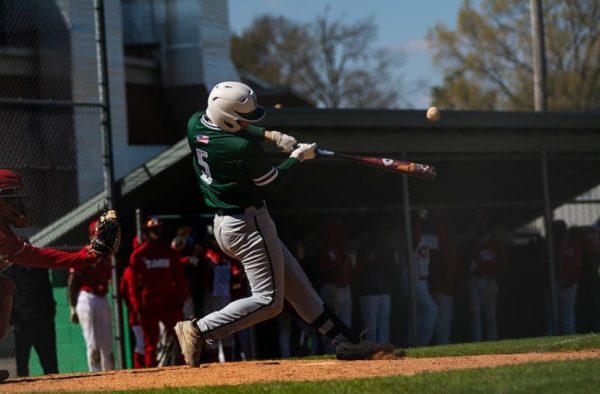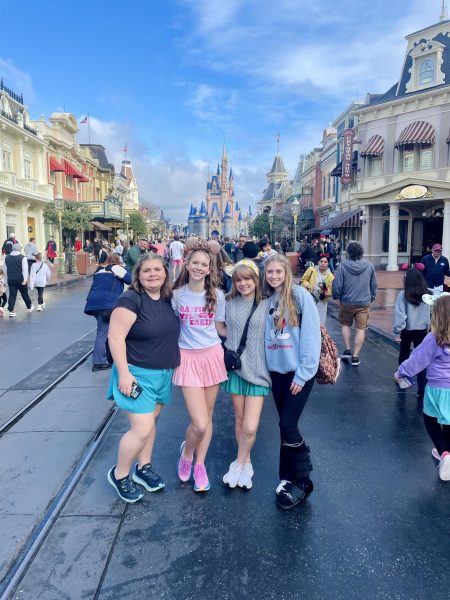Setting Benchmarks
Spartan green, smoothly shaped, reflecting the early October sun. A collection of newly-assembled benches scattered across White Station’s grounds, whose story begins with the class of 1963.
Sarah Clayton and Ken Glazer sat on the brick wall of their alma mater. Two old friends, returning back to their roots to tell the tale of the gifts that kept on giving.
The idea of the benches, they explained, began with extra funds and an email to Principal David Mansfield.
Asking what they could do to help WSHS, the class of 1963 was given a list of suggestions for what their leftover class funds could go toward.
“We read the list and all unanimously said benches,” Glazer said. “[The benches] could be utilized by any and all students.”
The class of 1963 was the first in White Station’s history to graduate with the same classmates they started first grade with.
“We had friends that were still our friends after all those years. It was a big sense of security that I realized years later,” Clayton said.
They were also the first to donate benches, though they would not be the last.
Three of the benches currently lining the main entrance are credited to the class of 1963. However, the rest are attributed to the Community Service Club, the Class of 2012 and the Class of 2013, who were inspired by the initial gift.
“We think [the other donations] are cool,” Glazer said. “We hope our gift will challenge other classes in their fiftieth reunions to make a substantial donation to the school.”
Fifty years ago.
When White Station was just a neighborhood school, only 256 students made up the graduating class and fourteen of them had been together all twelve years.
“What’s the worst thing we did? [The boys] smoking at the [smoking] trees?” Clayton said.
The only real worries for the students came after graduation, when Kennedy’s assassination and the war in Vietnam sent shockwaves during the class’s college years.
“[Today there is] a focus that’s much newer,” Glazer said. “We were focused on football and baseball wins.”
The perpetual testing and pressure for academic excellence students know today was not a looming forethought.
“[Then] it was more based on grades and accomplishments rather than scores then,” Clayton said.
But the most memorable moments from Clayton and Glazer’s White Station years did not happen in the classroom. They came from “all the stories you can’t tell your parents,” Glazer said.
It’s because of these timeless memories, quotable stories and unbreakable bonds that the class of 1963 is still linked today. Following their twentieth year reunion in 2013, the class began coming together every five years to reminisce and catch up with each other. Clayton has been named “the glue” for making sure the class stays close.
“When we see each other, it’s like we haven’t seen each other in five minutes,” Clayton said. “I asked [a classmate] why do we feel that way, why are we so close, and she responded, ‘Sarah, we [saw] each other every day.'”
The class of 1963 should be a precedent for future generations, both for maintaining strong bonds and giving back to our school.
“Those that have gone before build for those that are coming,” Glazer said.
Your donation will support the student journalists of White Station High School. Your contribution will allow us to purchase equipment and cover our annual website hosting costs.



